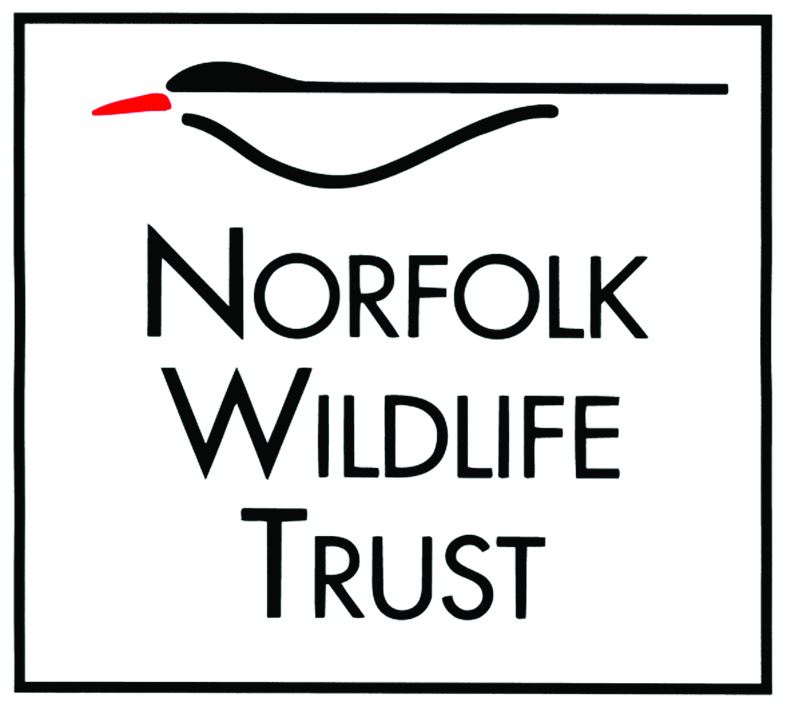Search
Search
Cattle egret
This small, white heron is an increasingly common sight in parts of the UK as it spreads north from continental Europe.
High-tech cows aid nature conservation at NWT Sweet Briar Marshes
Six rare breed cattle, sporting the latest in grazing technology, have been released at Norfolk Wildlife Trust's newest urban nature reserve to help with vital habitat management.
Small white
The small white is a common garden visitor. It is smaller than the similar large white, and has less black on its wingtips.
White dead-nettle
White dead-nettle does not sting. It displays dense clusters of white flowers in whorls around its stem, and can be found on disturbed ground, such as roadside verges.
Large white
The large white is a common garden visitor - look out for its brilliant white wings, tipped with black.
White campion
At night, the pretty, white blooms of white campion produce a heady scent, attracting feeding moths. Look for this wildflower along hedgerows and roadside verges, and on waste ground.
White admiral
The White admiral is a striking black-and-white butterfly with a delicate flight that includes long glides. It prefers shady woodlands where it feeds on Bramble.
White willow
So-named for the silvery-white appearance of its leaves, the White willow can be seen along riverbanks, around lakes and in wet woodlands. Like other willows, it produces catkins in spring.
White bryony
A climbing plant of hedgerows and woodlands, White bryony produces greenish flowers in summer and red, shiny berries in winter. It is a poisonous plant.
White clover
A familiar 'weed' of gardens, roadsides, meadows and parks, White clover is famous for its trefoil leaves - look out for a lucky four-leaf clover in your own garden!
Green-veined white
The green-veined white is a common butterfly of hedgerows, woodlands, gardens and parks. It is similar to other white butterflies, but has prominent green stripes on the undersides of its wings.…
